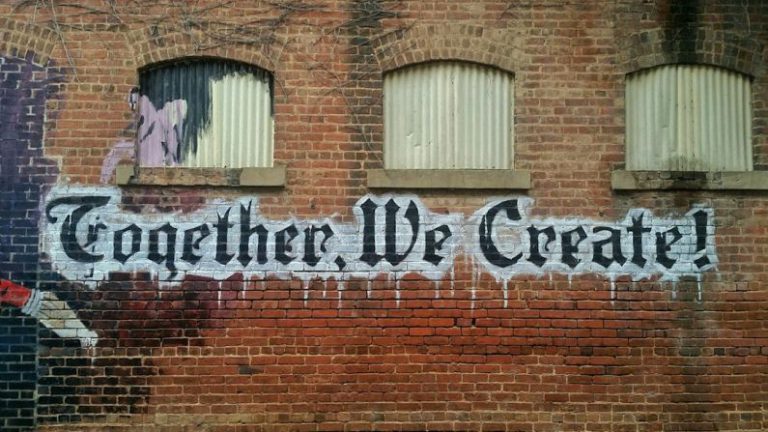Innovative Business Models for the Creative Industry
The creative industry is a dynamic and ever-evolving sector that encompasses a wide range of fields, including design, fashion, music, art, and more. In recent years, the industry has seen a shift towards innovative business models that challenge traditional approaches and pave the way for new and exciting opportunities. These innovative models are revolutionizing the way creatives work, collaborate, and monetize their talents, leading to increased efficiency, sustainability, and profitability.
**Embracing the Subscription Model**
One of the most popular and successful business models gaining traction in the creative industry is the subscription model. This model allows creatives to offer their products or services on a recurring basis, providing a steady stream of income and building a loyal customer base. Platforms like Patreon and Substack have enabled creators to monetize their work directly from their audience, bypassing traditional gatekeepers and reaching a global market.
By offering exclusive content, early access, and personalized experiences to subscribers, creatives can cultivate a sense of community and connection with their audience while generating a reliable source of revenue. This model not only benefits creators financially but also fosters creativity, as they are freed from the constraints of traditional funding models and can focus on producing high-quality, engaging content.
**Collaborative Platforms**
Collaborative platforms have revolutionized the way creatives work together, enabling them to connect, share resources, and collaborate on projects in real-time. Platforms like Behance, Dribbble, and GitHub have democratized the creative process, allowing individuals from diverse backgrounds and locations to come together and create innovative solutions.
These platforms facilitate seamless communication, file sharing, and feedback loops, streamlining the collaboration process and enhancing productivity. By leveraging the power of technology, creatives can access a global talent pool, find like-minded collaborators, and bring their ideas to life in ways that were previously unimaginable.
**Direct-to-Consumer (DTC) Approach**
The direct-to-consumer (DTC) approach has disrupted traditional distribution channels in the creative industry, allowing creators to sell their products directly to customers without the need for intermediaries. By cutting out middlemen and establishing a direct relationship with consumers, creatives can retain more control over their brand, pricing, and customer experience.
Platforms like Shopify, Etsy, and Redbubble have empowered creatives to set up online stores, market their products, and fulfill orders independently, eliminating the barriers to entry and enabling them to reach a global audience. This approach not only increases profit margins but also provides valuable insights into customer preferences and behavior, allowing creators to tailor their offerings to meet market demands.
**Diversification of Revenue Streams**
In the ever-changing landscape of the creative industry, diversification of revenue streams has become essential for sustainable growth and resilience. Creatives are no longer reliant on a single source of income but are exploring multiple avenues to monetize their talents and skills.
By combining different revenue streams such as merchandise sales, licensing deals, sponsorships, and collaborations, creatives can create a robust and diversified income portfolio that mitigates risks and maximizes opportunities. This approach not only ensures financial stability but also fosters creativity, as creators are incentivized to explore new mediums, formats, and collaborations to expand their reach and impact.
**Adaptability and Innovation**
In conclusion, the creative industry is undergoing a transformation driven by adaptability and innovation. By embracing new business models, creatives can unlock new opportunities, connect with audiences in meaningful ways, and build sustainable and thriving careers. As the industry continues to evolve, creatives who are willing to experiment, collaborate, and think outside the box will be well-positioned to succeed in a rapidly changing landscape.






